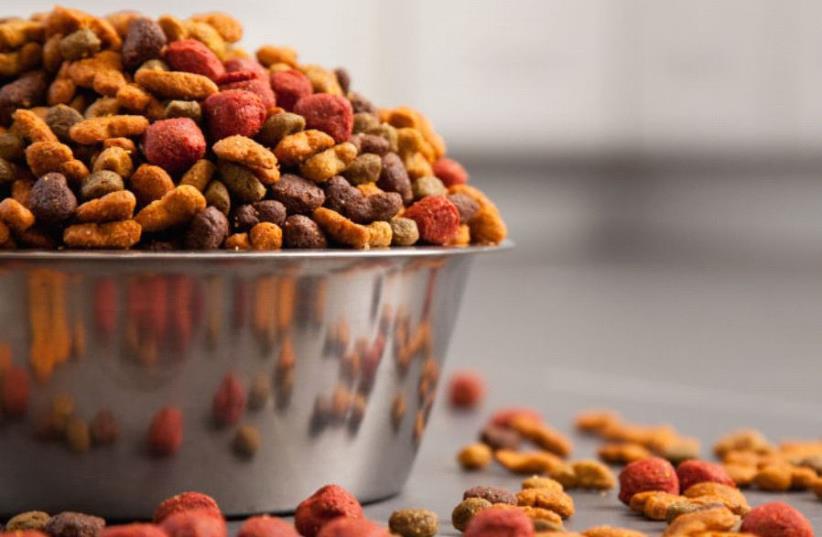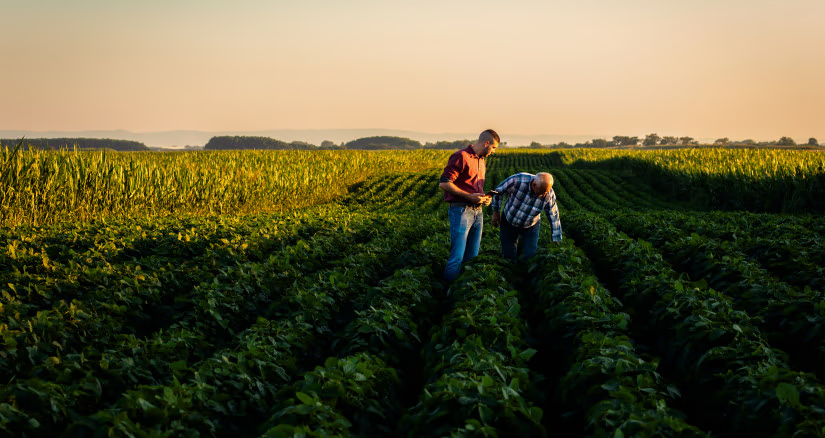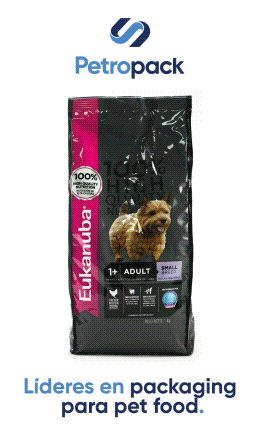We, who are active participants in the pet food industry, know this: 2019 has been a year of great growth.
In this article we tell you what are the main trends that will take to the market during this year 2020 and those that follow!
Clarification: although we will tell you the trends for the pet food industry, the truth is that we are experiencing a particular year due to the great global uncertainty. Still, we want to bring positivity to our readers, and that's why we bring you this information so that you know how, sooner or later, you can grow your industry business.
First, what is the context?
The American Pet Products Association claims that the pet food and products market is in a phenomenal growth stage. According to their statistics, almost 70% of American society has at least one pet, and the vast majority of people consider them an essential part of the family. Therefore, it is not surprising that changes and improvements that are implemented in humans impact, consciously or not, on the quality of life of pets.
The truth is, over the past 5 years, human foods have made tremendous progress: high sugar and ultra-processed foods are no longer so highly regarded, and organic, natural, gluten-free, plant-based, and sustainable foods have gone gaining the preferred terrain. If people consider their pets as a member of the family, what is actually happening is expected to happen: they are increasingly inclined towards high-quality, healthy pet food as they and their families human feed.
Changes and increasing trends
Trends have always existed, both in the pet food industry and in other human-oriented industries.
Likewise, trends in the pet food market usually manifested themselves with some time lag - until now, three to five years after a trend hit the human market, according to online magazine Pet Food Industry.
Now these times have decreased. The report released by the magazine states that this event is due to greater access to information and more spending capacity on pets, among other things.
Such is the demand with which pet owners are handled today that the industry was forced to make great progress in the development of prebiotic, probiotic or gluten-free supplements, for example, thus overcoming the advances in human food in these areas.
Now these are the main trends for 2020 and beyond!
1-Electronic commerce
While this trend was already within expectations, due to the Coronavirus, the increase in pet owners buying online has increased dramatically. According to a Packaged Facts report, an up to 10% increase in 2020 was expected from electronic pet food buyers. Due to the confinement situation that is currently imposed in a large number of countries, this number is expected to be reached and even exceeded by the end of this year.
2-Organic and natural
According to a Farm Journal study, the increase in the purchase of organic pet food has grown almost as much as for the human sector. This is mainly due to a greater awareness of what organic food entails: a significant amount of nutrient-dense calories and the non-use of pesticides, synthetic fertilizers or genetically modified organisms. Thus, pets feed on fresh ingredients that are free of GMOs.
In recent times, a new concept has been introduced in the industry: holistic food.
To which it refers? A holistic food not only provides optimal nutrition for pets, but also contributes to its general well-being.
Ingredients such as Omega 3, Omega 6 and prebiotics are waiting for their use in production in the sector to skyrocket.
Although it is true that even the values of 100% free of agrochemicals prevent their consumption from growing at a massive level, this is expected to happen in the coming years.
3-Sustainability in all stages of the process
The sustainability concept is made up of three pillars: economy, environment and society, which, in the pet food industry, translates into initiatives on: ingredients, packaging and operations.
● Ingredients: a sustainable practice of the pet food industry is the use of the remains and unused parts in the production of food for humans, such as kidneys, liver or animal meat remains.
● Packaging: As millennials become the industry's most influential consumer, consumption of eco-friendly, recycled, or compostable packaging and products increases gradually.
● Operations: manufacturers are implementing protocols that positively impact the environment. Some measures are, for example, minimizing the use of water and natural gas, reducing emissions and waste.
Another parameter of this trend is the demand for food from small and local suppliers. Consumers no longer buy their pet food only at hypermarkets. Instead, in recent times there has been an increase in the preference for locally owned and operated stores, where it is more likely to find small food brands (which they suggest as synonymous with trust) and aligned to the requirements of sustainability.
Currently, 50% of pet owners are willing to pay more for food and / or products with less environmental impact; and this percentage will only grow.
4-The more personalized, the better
Naturally, we humans are attracted to personalization. Now, this has begun to transfer to the preference of personalized products for your pets.
The ability to prepare food for your pets gives owners a greater sense of control over feeding their pets.
During this year and the next, we will see an increase in the demand for the delivery service, fresh or frozen food customized or tailored for a particular pet and snacks or sandwiches adapted to the needs of each animal.
Food with personalized formulas to treat digestive or overweight problems, for example, will gradually gain their place on the market.
The bottom line is simple: more awareness!
The forecast of trends, wherever you look, points to a greater degree of awareness and concern for the quality of life of pets. Mintel, a market research agency, released a report that reaffirms this idea: Pet owners are looking for a more conscious approach to what they give their pets and the expense they spend for and by them. The other market drivers highlighted by the report are rights, identity, and experiences.
We can affirm that there is a clear relationship between how humans feed and how they feed their pets. As people become more interested in the quality of what they consume, they proportionally become more concerned with the choice of food for their pets.
Without a doubt, the pet food industry has done a solid job in responding to the demand for better options.
Do you think these trends influence your area? Tell us in a comment below...
Source: All Extruded
You could be interested: Data insight: 2025 pet parenthood costs in the US
Market Information
04/07/2025
Spending under pressure: US pet parents trade down on food and vet visits
01/07/2025
















































